Leaky Roof Near Chimney - Can't Find Source
locust78
14 years ago
Related Stories

ARCHITECTUREHave Your Flat Roof and Your Snow Too
Laboring under the delusion that flat roofs are leaky, expensive and a pain to maintain? Find out the truth here
Full Story
KITCHEN APPLIANCESLove to Cook? You Need a Fan. Find the Right Kind for You
Don't send budget dollars up in smoke when you need new kitchen ventilation. Here are 9 top types to consider
Full Story
HOUZZ TOURSMy Houzz: Super Efficiency and Serenity Near the Florida Surf
It can withstand a hurricane and earned LEED Platinum certification, but this island home knows how to chill too
Full Story
LANDSCAPE DESIGNKoi Find Friendly Shores in Any Garden Style
A pond full of colorful koi can be a delightful addition to just about any landscape or garden
Full Story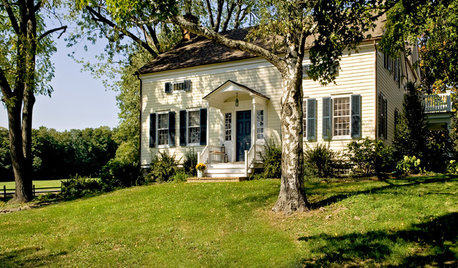
CURB APPEALClues to Finding the Right Color for Your House
Waffling over the rainbow of color options for your home's face? This advice from an architect can help
Full Story
KITCHEN DESIGNHow to Find the Right Range for Your Kitchen
Range style is mostly a matter of personal taste. This full course of possibilities can help you find the right appliance to match yours
Full Story
HEALTHY HOME6 Tips From a Nearly Zero-Waste Home
Lower your trash output and increase your quality of life with these ideas from a mom who did it to the max
Full Story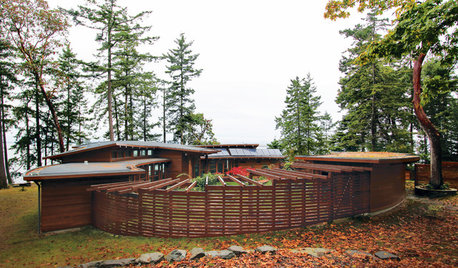
FENCES AND GATESA Deer Fence Can Be Decorative as Well as Protective
You need a monster-size fence to shelter your garden from deer, but it doesn’t have to look like a monstrosity
Full Story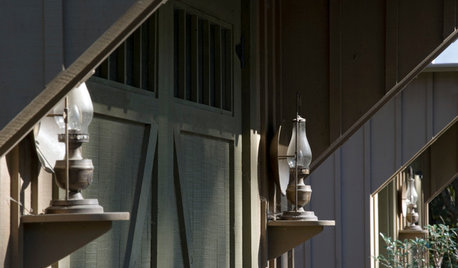
VINTAGE STYLELanterns of the Past Find a Home in the Present
Oil and kerosene lamps are showing up as nostalgic nods to an electricity-free past
Full Story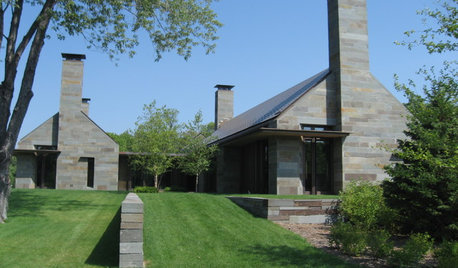
REMODELING GUIDESUnique Chimneys, Outside and Inside
Chimney placement, style and materials can make a big impact on a home's design
Full StoryMore Discussions








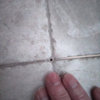
crystalt_grow
tarren
Related Professionals
Dearborn Kitchen & Bathroom Remodelers · Spokane Kitchen & Bathroom Remodelers · Boardman General Contractors · Forest Grove General Contractors · Hermitage General Contractors · Norristown General Contractors · Cumberland Painters · Fairhaven Painters · Brea Painters · Coatesville Painters · Grand Rapids Painters · Louisville Painters · Minneapolis Painters · Walnut Creek Painters · Yonkers Paintersbrickeyee